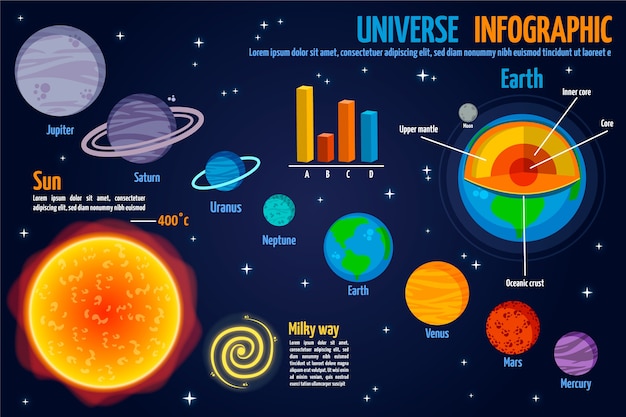Exploring Supernova – Mind-blowing Facts You Need to Know!

Supernovae are incredibly powerful explosions that occur at the end of a star’s life.
The explosion of a typical supernova releases more energy than the sun will emit in its entire lifetime.
One of the most famous supernovae was observed in the year 1006 and was visible even during the day.
Supernovae can briefly outshine entire galaxies, making them some of the brightest objects in the universe.
The remnants of supernovae, known as supernova remnants, can help scientists better understand the life cycle of stars.
Supernovae are crucial for the formation of heavy elements like gold and platinum.
Gamma-ray bursts, which are some of the most powerful explosions in the universe, are thought to be associated with supernovae.
The shockwave produced by a supernova can trigger the formation of new stars.
Supernovae are classified into different types based on the composition of the star that explodes.
Type Ia supernovae occur in binary star systems where one star steals matter from its companion until it reaches a critical point and explodes.
The explosion of a supernova can release more energy in a few seconds than our sun will emit in its entire 10-billion-year lifespan.
Supernovae create shockwaves that can compress interstellar gas clouds, leading to the birth of new stars.
The remnants of supernovae include a dense core known as a neutron star or, if the explosion is more powerful, a black hole.
Exploring Supernova – Mind-blowing Facts You Need to Know! part 2
Supernovae are crucial for the dispersal of heavy elements into space, which eventually become the building blocks of planets and life.
Our solar system may contain debris from ancient supernovae that have exploded billions of years ago.
A supernova can briefly outshine its entire host galaxy, making it one of the most spectacular events in the universe.
Studying the light emitted by a supernova can provide valuable information about the distance and age of the universe.
Supernovae can occur in spiral galaxies, elliptical galaxies, and even in dwarf galaxies.
The most recent supernova visible from Earth was SN 2014J, discovered in the galaxy M82.
Several different spacecraft and telescopes are dedicated to studying supernovae across different wavelengths of light.
Supernovae are classified as a type of stellar explosion, but they differ from other types like novae and hypernovae.
The first recorded observation of a supernova was by Chinese astronomers in the year 185 AD.
Supernovae can release powerful shockwaves that span hundreds of light-years, spreading energy and matter throughout the universe.
The shockwave generated by a supernova can accelerate cosmic rays to very high energies.
Supernovae can be triggered by the collapse of massive stars or by the thermonuclear explosion of a white dwarf star.
The life cycle of a supernova can be divided into five phases: the progenitor, pre-explosion, explosion, aftermath, and remnant.
The explosion of a supernova sends out a blast wave that can travel through space for thousands of years.
Supernovae can release a flood of neutrinos, ghost-like particles that can pass through matter without interacting with it.
By observing supernovae, scientists can learn more about the rate of expansion of the universe and the nature of dark energy.
Supernovae are so bright that they can be visible even in galaxies billions of light-years away.
The light from a supernova can be so intense that it can temporarily blind instruments on spacecraft and telescopes.
The explosion of a supernova can release more energy in a few seconds than all the stars in a galaxy combined.
The energy released during a supernova is enough to briefly outshine the entire visible universe.
Supernovae are responsible for spreading heavy elements, such as iron and uranium, throughout the universe.
The remnants of supernovae can become sites for the formation of new planets and even life.
Supernovae can occur in isolation or as part of a stellar cluster, where multiple stars explode at approximately the same time.
The shockwave created by a supernova can trigger the formation of new galaxies.
The explosion of a supernova can create a phenomenon known as a pulsar, a rapidly rotating and highly magnetized neutron star.
The collapse of a star during a supernova can create a gravitational wave that ripples through space-time.
Supernovae can help astronomers understand the fate of our own sun, which is expected to explode as a supernova in about five billion years.
The shockwave generated by a supernova can trigger the collapse of nearby interstellar clouds, leading to the formation of new star systems.
Supernovae can be used as cosmic mile markers, allowing scientists to measure distances on cosmological scales.
The shockwave of a supernova can compress gas and trigger the formation of new molecules and complex organic compounds.
The explosion of a supernova can create a temporary increase in the brightness of its host galaxy, known as a supernova impostor.
Supernovae are awe-inspiring events that remind us of the dynamic and ever-changing nature of the universe.

